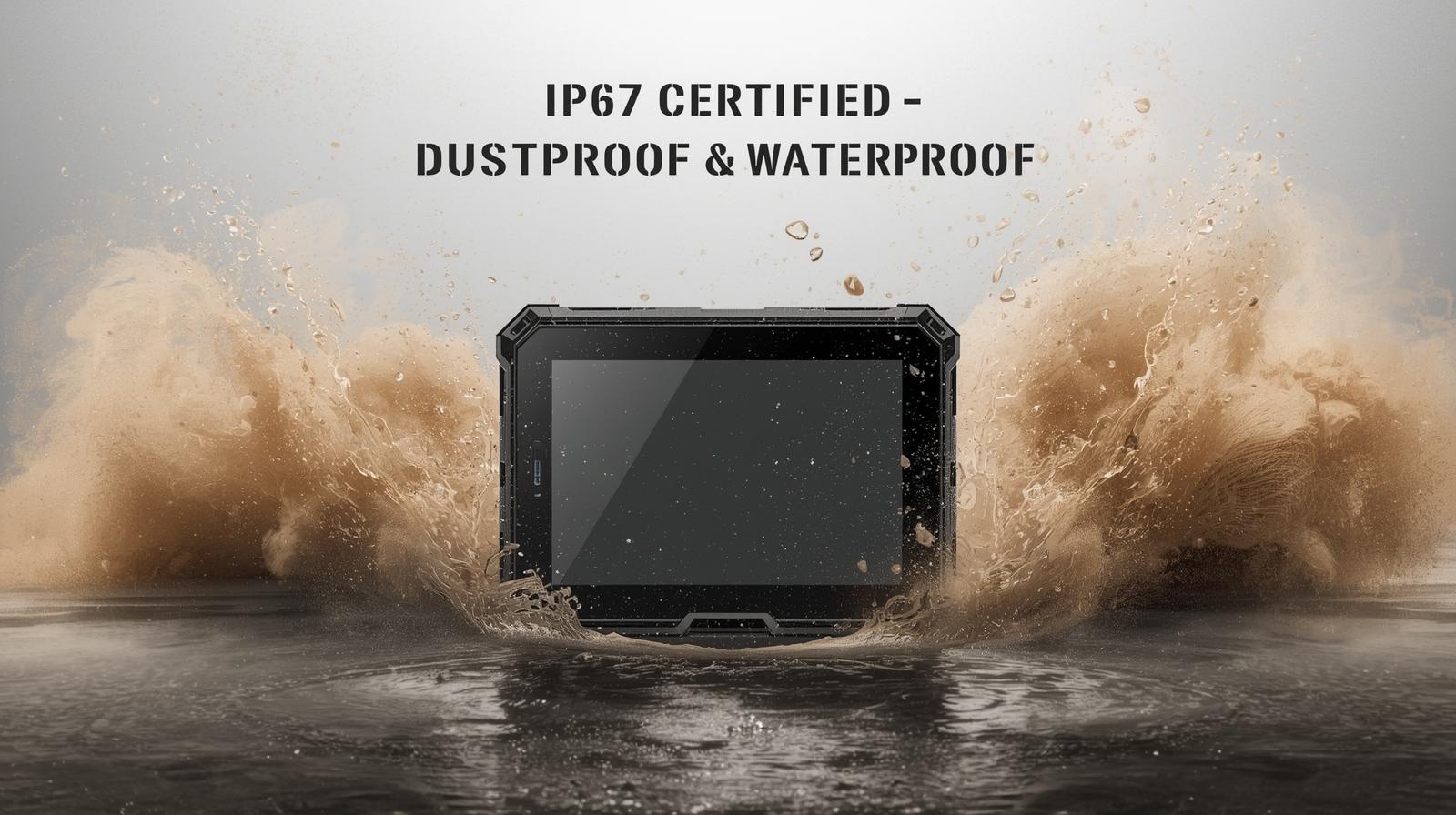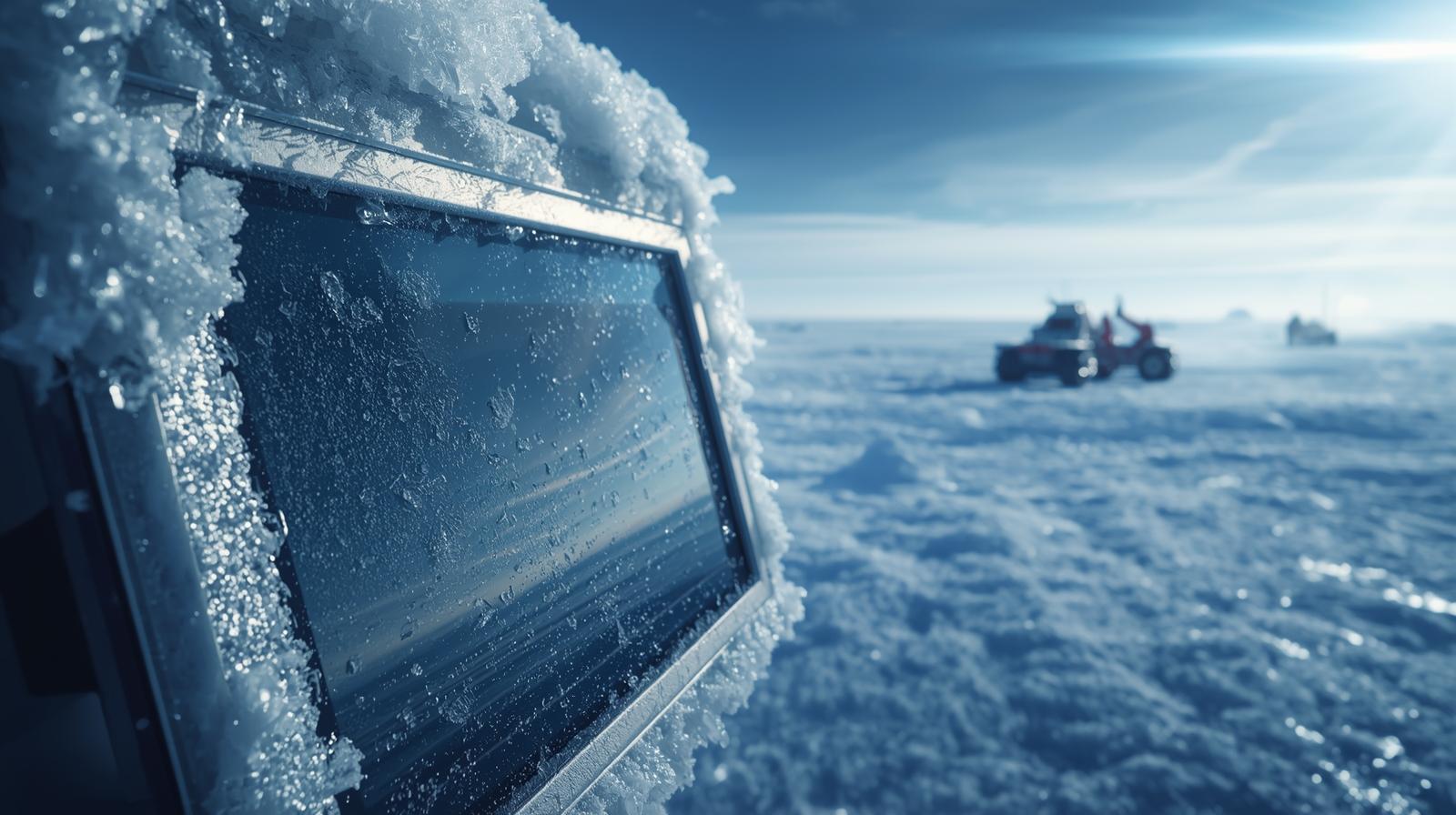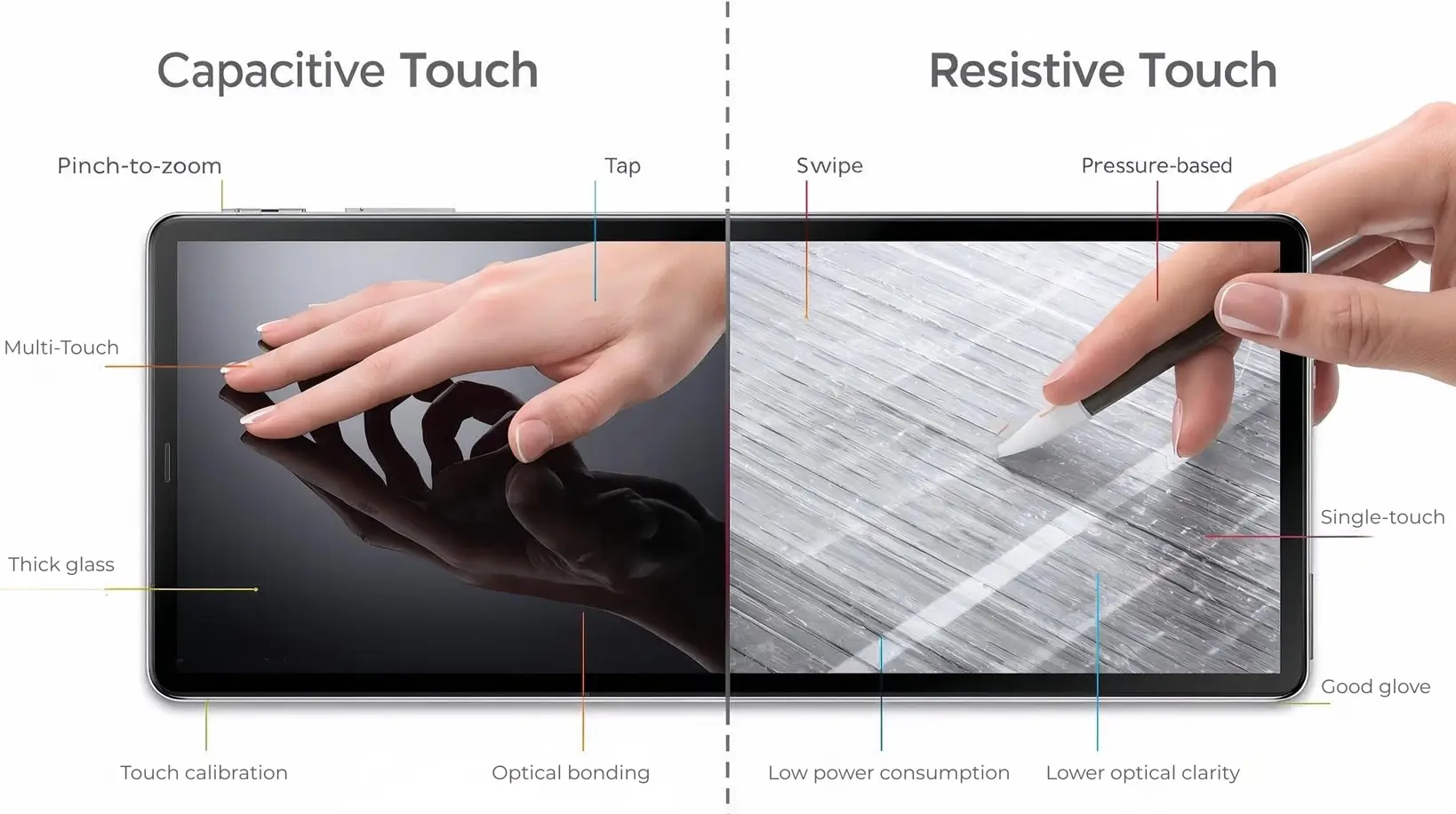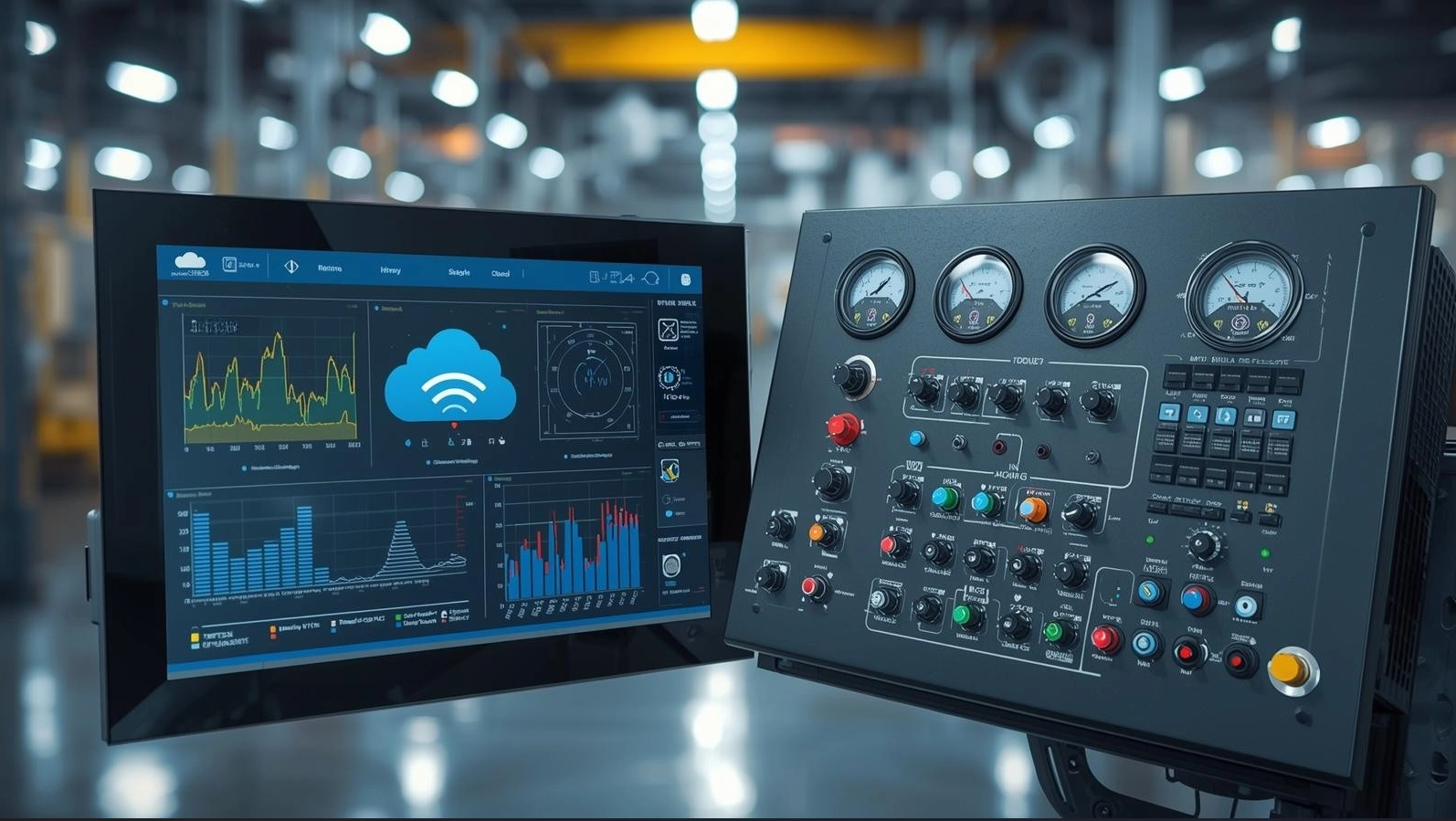What is a Rugged Military Computer?
Definition and Features: The Difference from Commercial PCs
A rugged military computer is not your typical consumer-grade laptop or desktop. These systems are purpose-built to withstand extreme environmental conditions—whether that means scorching desert heat, bone-chilling arctic cold, or intense vibrations and shocks experienced in the battlefield. Unlike commercial devices that prioritize slim design and consumer usability, rugged computers are engineered with reinforced casings, sealed ports, solid-state drives (SSD), and advanced cooling systems to ensure maximum durability. In short, they are designed not for comfort, but for survival and reliability.
Why Rugged Design is Critical for Military and Industrial Use
Reliability is mission success. On the battlefield, the failure of a single device could compromise communications, intelligence gathering, or command decisions. Rugged military computers guarantee that operations continue seamlessly even when exposed to dust storms, heavy rainfall, or rough vehicle transport. Beyond defense, rugged designs are equally valuable in industries like oil, gas, mining, and disaster response, where downtime equates to millions of dollars in losses or delays in critical life-saving operations.
Core Keywords in Context
| Core Keyword | Extended Keywords | Typical Application |
|---|---|---|
| Rugged Military Computer | rugged battlefield computer | Battlefield communication |
| Military Grade Computer | military grade laptop | Portable soldier devices |
| Rugged Laptop | IP67 rugged laptop, shockproof computer | Industrial sites, rescue operations |
| Rugged Workstation | rugged portable workstation | Vehicle, aerospace, naval |
Design Standards for Military Computers: MIL-STD-810 and IP Ratings
MIL-STD-810G/H Testing Procedures
The MIL-STD-810 standard, developed by the U.S. Department of Defense, is the cornerstone of rugged computer validation. The latest versions, 810G and 810H, simulate real-world environmental stresses:
- High/low temperature testing ensures operation in desert or arctic conditions.
- Vibration and shock testing replicates explosions or rough vehicle transport.
- Humidity and corrosion testing confirms stability in tropical or marine climates.
Passing MIL-STD-810 isn’t a marketing claim—it’s the baseline requirement for defense-grade hardware.
IP65 / IP67 / IP68 Explained
The Ingress Protection (IP) rating defines dust and water resistance. The first digit measures dust resistance (0–6), the second measures water resistance (0–9). Common rugged computer levels include:
| IP Rating | Dust Protection | Water Resistance | Typical Use Case |
|---|---|---|---|
| IP65 | Dust-protected | Low-pressure water jets | Industrial environments |
| IP67 | Dust-tight | Immersion (1m, 30 min) | Battlefield, rescue missions |
| IP68 | Dust-tight | Long-term immersion | Naval, submarines, special ops |
How to Verify Compliance
Procurement teams should look for:
- Independent testing reports from certified labs.
- Explicit mention of MIL-STD-810G/H and specific IP ratings.
- Evidence from real-world deployments.
Note: “Military-grade design” does not equal “certified compliance.” Only documented proof ensures a device truly meets the required standards.
Core Technologies and Application Scenarios
Shock, Dust, and Water Resistance
Rugged computers employ reinforced magnesium-alloy chassis, shock-mounted SSDs, sealed connectors, and rubber gaskets. These features ensure resistance against vibration, sand, or immersion.
| Technology | Design Feature | Operational Benefit |
|---|---|---|
| Shockproof | SSD, anti-vibration frame | Prevents battlefield/transport failures |
| Dustproof | Fully sealed enclosure | Operates in mines, deserts, construction sites |
| Waterproof | IP67/IP68 sealing | Functions in heavy rain or immersion |
Tactical and Defense Applications
- Command Centers: Real-time data processing and mission planning.
- Vehicle-Mounted Systems: Withstand vibration and high/low temperature shifts.
- Aerospace Systems: Require lightweight builds and resistance to altitude stress.
- Naval Deployment: Demand salt-fog corrosion protection and waterproof sealing.
| Application | Key Requirements | Standards |
|---|---|---|
| Command | High computing, comms | MIL-STD-810H, IP65 |
| Vehicle | Shock resistance, modular | MIL-STD-810G/H |
| Aerospace | Lightweight, low-temp | MIL-STD-810H, IP67 |
| Naval | Salt-fog, waterproof | MIL-STD-810H, IP68 |
Extended Applications: Rescue, Energy, Mining
The demand for rugged devices extends far beyond the battlefield:
- Rescue operations: Emergency units require reliable portable systems for mapping and comms.
- Energy industry: Oil rigs and offshore platforms require machines resistant to heat and saltwater.
- Mining: Computers must function underground with high dust levels and constant vibrations.
Procurement and Market Trends
Role of Standards in Defense Procurement
- Baseline requirement: MIL-STD and IP compliance are mandatory conditions.
- Risk mitigation: Ensures fewer mission-critical failures.
- Fair competition: Standards provide transparency during vendor evaluation.
Global Market Growth
The rugged military computer market is growing at a 5–7% CAGR. Growth drivers include:
- Rising defense budgets (particularly U.S., Asia-Pacific, and the Middle East).
- Integration with AI, UAVs, and edge computing.
- Crossover adoption in energy, mining, and disaster response.
| Growth Factor | Explanation | Impact |
|---|---|---|
| Defense spending | Increased military budgets | Large-scale procurement |
| Emerging tech | AI, drones, battlefield analytics | High-performance rugged PCs |
| Civil applications | Energy, mining, public safety | Broader demand base |
TCO: Total Cost of Ownership
While rugged computers carry higher upfront costs, their total ownership cost is often lower than commercial devices.
| Cost Factor | Rugged Computer | Commercial Computer |
|---|---|---|
| Purchase | Higher | Lower |
| Maintenance | Lower (durable) | Higher (frequent repairs) |
| Downtime | Minimal | High risk of failure |
| TCO | Lower over time | Higher long-term |
FAQ: Common Questions
What is the difference between rugged and commercial computers?
Rugged systems emphasize durability and survivability, while commercial systems focus on performance, design, and cost. Rugged devices last longer (5–10 years) and operate in environments where consumer electronics fail.
Do MIL-STD-810 and IP ratings need to be combined?
They cover different areas: MIL-STD tests vibration, shock, and temperature, while IP addresses dust and water ingress. Together, they provide comprehensive reliability.
| Standard | Focus | Typical Use |
|---|---|---|
| MIL-STD-810 | Shock, vibration, climate | Defense, aerospace |
| IP65/67/68 | Dust, water ingress | Rescue, mining, naval |
How to choose the right rugged computer?
Match your mission scenario → compliance needs → hardware specs.
| Scenario | Recommended Standard | Key Specs |
|---|---|---|
| Vehicle-mounted | MIL-STD-810H, IP65 | Shockproof, thermal resistance |
| Field command | MIL-STD-810H, IP67 | Battery life, wireless comms |
| Aerospace | MIL-STD-810H, IP67 | Lightweight, low-temp resilience |
| Mining/Industry | MIL-STD-810H, IP68 | Dustproof, waterproof |
Beyond Info System: Solutions in Rugged Military Computin
About Beyond Info System
Beyond Info System is a trusted provider of rugged military and industrial IT solutions. The company focuses on compliance, customization, and long-term maintenance support, delivering devices that stand the test of both battlefields and harsh industrial environments.
Competitive Advantages
- Full compliance with MIL-STD-810G/H and IP65+ ratings.
- Broad experience across defense, Tactical command center, public safety, energy, and mining sectors.
- Flexible offerings: COTS solutions and tailored custom projects.
- Proven partnerships with government agencies and defense contractors.
| Application | Beyond Info Solution |
|---|---|
| Military Vehicles | Vehicle-Mounted Rugged Computer |
| Tactical command center | Lightweight Rugged Workstation |
| Naval/Maritime | IP68 Salt-fog Resistant Rugged PC |
| Public Safety | Rugged Notebook for command and rescue |
Product Portfolio
- Rugged Notebook: Portable, water/dust resistant, extended battery life.
- Vehicle-Mounted Computer: Shockproof, modular, built for tactical vehicles.
- Portable Workstation: High-performance computing for command and aerospace.
- Rugged Embedded System: Lightweight, compact, ideal for UAVs and automation.
| Product Line | Features | Applications |
|---|---|---|
Rugged High Brightness Display RML-15W-RK | Waterproof, dustproof, Sunlight readable | Rescue, patrol, field ops |
Vehicle-Mounted | Modular, vibration-resistant | Tanks, tactical vehicles |
Portable Workstation | High-performance analytics | Submarine |
Embedded System | Small, lightweight | Industrial automation, AMRs/AGVs |
Conclusion
Rugged military computers are not luxury hardware—they are mission-critical systems. By meeting MIL-STD-810 and IP ratings, they provide unmatched durability in defense and industry. As defense budgets grow and industries demand tougher devices, rugged systems will continue to expand in relevance. Companies like Beyond Info System are bridging this need with compliant, customizable, and future-proof solutions, ensuring reliability where it matters most.



